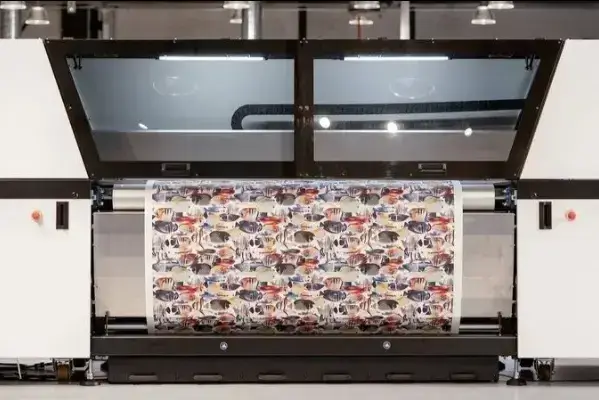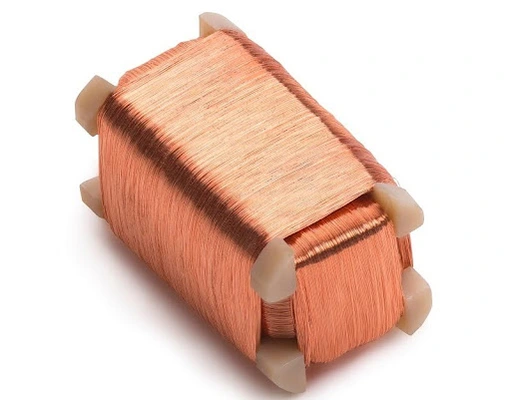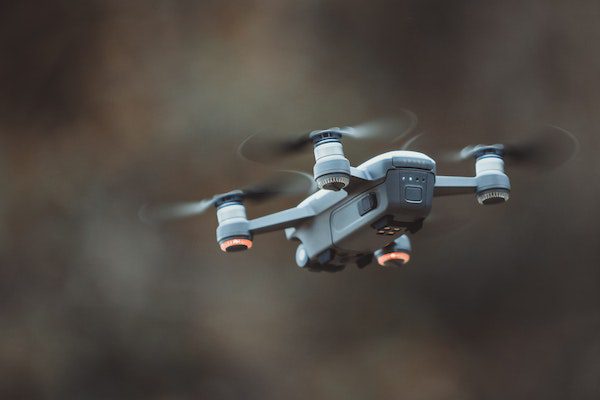The fusion of technology and textiles has brought about advancements in the realm of custom design printing. Both businesses and individuals now have the convenience of creating designs on a variety of textile products with a few simple clicks. This transformation has significantly impacted the fashion and merchandising sectors, fostering increased creativity, adaptability, and profitability. In this article, we delve into the latest trends and innovations every print on demand business is utilizing to maintain a competitive edge.
The Emergence of Custom Design Printing
In recent years, custom-design printing has gained popularity among entrepreneurs, artists, and fashion mavens. It provides a cost method to translate designs into goods without the constraints of large-scale production or inventory management.
Unlike manufacturing methods that necessitate bulk orders and substantial upfront investments, custom-design printing enables the production of items based on customer demand. This level of individualization resonates with consumers who value designs tailored to their preferences.
Breaking Barriers with Digital Printing
An advancement propelling custom design printing is digital printing technology. Traditional screen printing entailed setups involving screens for each color layer, rendering it less adaptable and more time-intensive compared to its digital counterpart. Digital printing revolutionizes the process by transferring designs onto fabric using advanced inkjet or dye sublimation printers. This innovative approach guarantees details, vibrant color schemes, and endless design options while minimizing waste through precise printing quantities.
Leading fashion brands have enthusiastically adopted digital printing for its ability to facilitate prototyping and efficient production timelines. It empowers designers to seamlessly translate their concepts onto clothing pieces, ensuring captivating results from all perspectives.
Empowering Design Choices with Online Platforms
On-demand printing platforms elevate customization by providing design tools that empower both individuals and businesses to craft their distinctive products. These platforms create links between customers and manufacturing businesses which, in turn, remove middlemen and conduct production in a more disciplined manner.
Through Platforms, users will be able to pick from the many products offered on the online store from things like T-shirts, hoodies, tote bags, and more. They can then choose colors, upload their designs or artwork, customize placement details, add text elements, and preview the product before making a purchase.
Seamless Integration with E-commerce
By offering design autonomy through user-friendly e-commerce websites, on-demand printing platforms ignite creativity and nurture a sense of personalization among buyers. This tailored approach enhances customer satisfaction while fostering brand loyalty for businesses A customer shopped and bought an item. The Print On Demand service then printed the design on the selected item, wrapped it in a branded package if there was such a request, and delivered it straight to the customer.
It opened up the way to launch a business to those without financials and complex facilities since print on demand combined with retail has made entrepreneurship easier. Small-scale designers now have the opportunity to compete with known brands as they can reach audiences through these platforms.
Eco-friendly Practices
Apart from being convenient and versatile print on demand also aligns well with eco-friendly practices. Traditional manufacturing often results in surplus production quantities that lead to inventory and waste when unsold items are discarded. Print on demand helps reduce waste by creating items once they are purchased. Manufacturers can adjust their production levels based on demand, minimizing surplus stock and reducing harm.
Furthermore, the transition to printing leads to a reduction in water usage compared to traditional screen printing methods. The use of water-based inks in printing presents an environmentally friendly option compared to the standard pigment dyeing processes. By embracing print on demand as a production approach, businesses demonstrate their dedication to reducing waste and advocating for standards.
Conclusion
The fusion of technology and textiles has transformed the landscape of print on demand design. Creating opportunities for creativity, entrepreneurship, and sustainability. With advancements in printing online platforms offering design customization options, and e-commerce integration. And eco-conscious practices, businesses now have access to various resources that empower them to bring their unique designs to fruition.
As these innovations progress and enhance further, the future outlook for print on demand design appears promising. Whether you have a passion for fashion or aspire to be an entrepreneur. Incorporating print on demand into your strategies can help you stay competitive in today’s market. Embrace these advancements, leverage their potential with forward-thinking approaches, and witness your imaginative concepts materialize into products that captivate customers worldwide.



